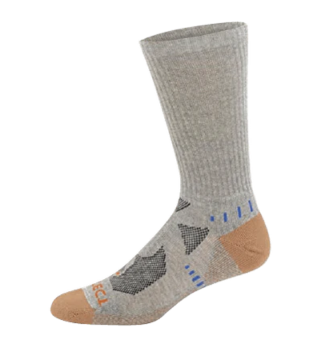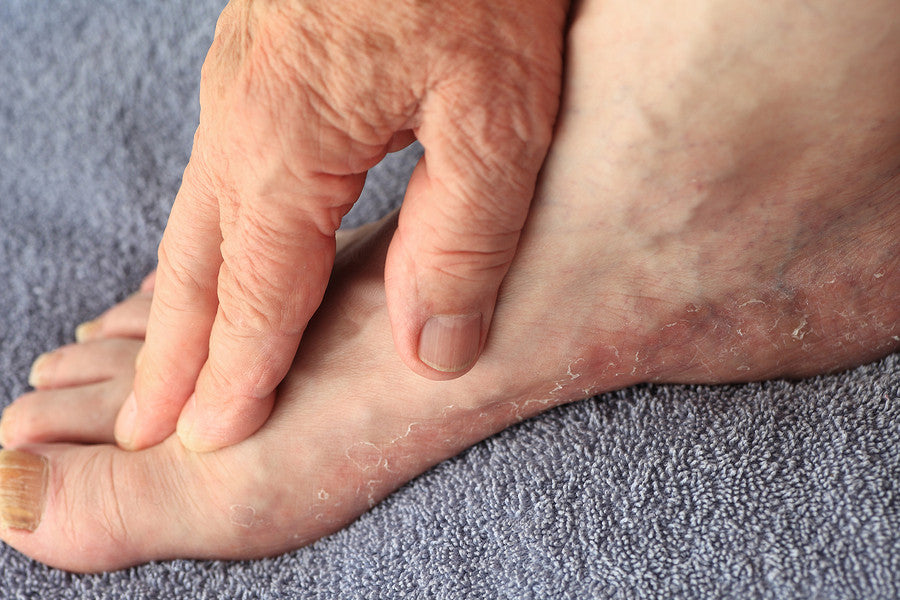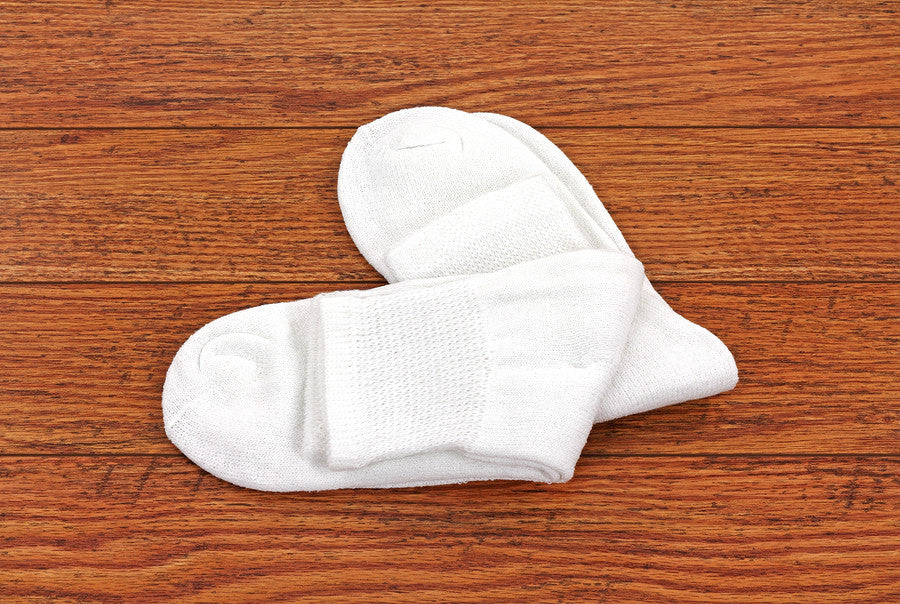 Athlete’s foot is something that millions of people throughout the world will deal with at some point in their lives. It’s when the foot becomes infected, but this infection doesn’t come from some bacteria or virus, it comes from a fungus. That’s a different type of infection from what many people are used to, especially since fungi attacking humans so directly isn’t all that common compared to the other illnesses that we usually deal with. So what is a fungus, and why is it that it can infect our feet?
Athlete’s foot is something that millions of people throughout the world will deal with at some point in their lives. It’s when the foot becomes infected, but this infection doesn’t come from some bacteria or virus, it comes from a fungus. That’s a different type of infection from what many people are used to, especially since fungi attacking humans so directly isn’t all that common compared to the other illnesses that we usually deal with. So what is a fungus, and why is it that it can infect our feet?
Not An Animal Or Vegetable
The most unique thing about the fungus is that it isn’t a plant, and it isn’t an animal, although it can have properties of both. The fungus actually occupies its own kingdom, in the same way that there is the plant and the animal kingdom. The most familiar types of fungi that people see and deal with are quite useful to us. Mushrooms, for example, are a type of fungi which makes its way into many herbal treatments and even as food. Yeast, on the other hand, is extremely important in making bread, and so we use it all the time in baking.
But then there are other types of fungi—just like other species of animal or plant—that aren’t so benign or useful. The mold that forms on bread, for example, is another type of fungus. And so is the kind of mold that can form in wet basements or attics. These fungi can eventually lead to health hazards in a home if the mold infestation grows too large and sends spores into the air like a toxic gas that everyone in the home breathes in.
The Right Conditions
Compared to plants and animals, fungus is fairly “low maintenance,” in that it can live and eat in conditions that the other two classes of organism would find unsustainable. Animals, obviously, require a lot of energy and so need abundant sources of food. Plants, on the other hand, don’t need food, but they do need reasonably warm temperatures and plenty of sunlight in order to photosynthesize and manufacture their own food.
Fungus requires neither of these things. The spores, which are the “egg” that young fungus is stored in, can float in the air, immune to harm until it settles down on a surface that is suitable. Different fungi have different food sources, which is why some, like mold, eventually settle down and “hatch” on bread, while tinea, the fungus that makes up athlete’s foot, prefers warm, dark, fleshy areas with moisture.
The tinea fungus is also contagious, so someone with athlete’s foot that walks around in an area may deposit active tinea spores on the floor which other barefooted people may walk on, thus providing a new breeding ground for the fungus. Unfortunately, while the tinea fungus can start on the foot, it doesn’t have to stay there, and thus “jock itch” can occur on the groin and other areas, if a person unaware of having athlete’s foot allows it to spread to other dark, warm, moist areas of the body.






2 comments
Leave a comment
This site is protected by hCaptcha and the hCaptcha Privacy Policy and Terms of Service apply.